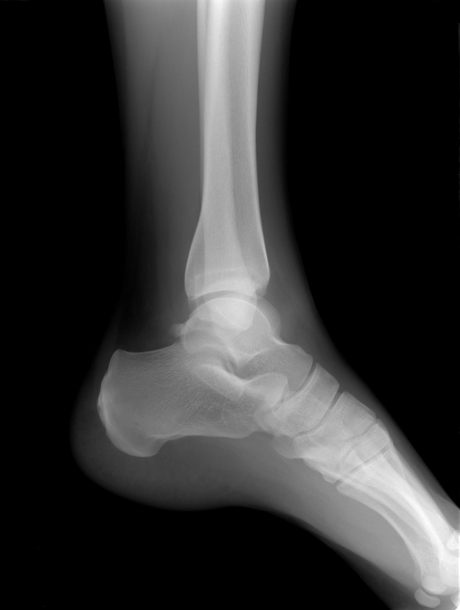Orthocell scientists grow human tendons

Orthocell (ASX:OCC) has announced a regenerative medicine breakthrough, with the company growing human tendons in a laboratory for the first time.
Working with researchers at the University of Western Australia, Curtin University, Griffith University and the University of Auckland, Orthocell scientists used a bioreactor to grow the tendons.
The ARC Linkage Grant funded project used the cell growth technology behind Orthocell’s Ortho-ATI stem cell therapy, which is approved in Australia for tendon repair and regeneration procedures.
Findings from the trial were presented at the Australian Society of Elbow and Shoulder Surgeons biennial conference in Melbourne by Orthocell CSO Professor MH Zheng.
“The secret to growing a human tendon graft outside the body is to culture viable tendon cells and create the exact amount of stimulation to these cells, so that they feel at home and produce the necessary components to form tendon tissue,” Zheng commented.
“We have shown that we can grow and maintain potent and viable tendon cells in culture using the same patented cell-growth technology behind Ortho-ATI ... In the future this could represent a product to replace severely damaged tendons, complementing our existing tendon repair product.”
Orthocell also used the meeting to present positive 3- to 5-year results from a trial of Ortho-ATI in tennis elbow.
Orthocell (ASX:OCC) shares were trading 8.82% higher at $0.37 as of around 1.30 pm on Thursday.
Mini lung organoids could help test new treatments
Scientists have developed a simple method for automated the manufacturing of lung organoids...
Clogged 'drains' in the brain an early sign of Alzheimer’s
'Drains' in the brain, responsible for clearing toxic waste in the organ, tend to get...
World's oldest known RNA extracted from woolly mammoth
The RNA sequences are understood to be the oldest ever recovered, coming from mammoth tissue...





